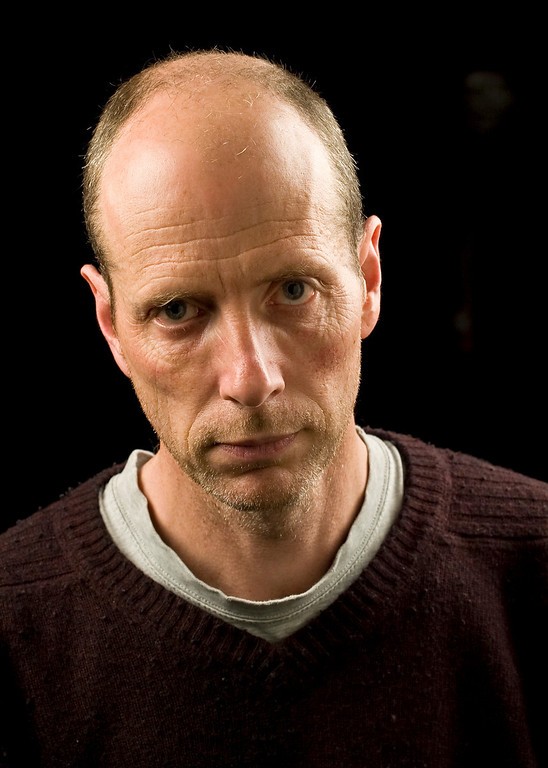I don't think it is a very good light for single light dramatic portraiture. As I mentioned above, it won't have very nice-looking edges to the light, so you can't feather the edge softly to separate out part of the subject that is less important, and you can't have a nice looking smooth oval edge to the light falling on a background, for instance.
Nor do you have any good control over the width of the beam. Yes, it is variable, but it's going to vary from "really narrow" to "fairly narrow." If you want to light a person's whole body with a single light source, you would probably have a very difficult time, for instance.
It's just not made to be a workhorse portraiture light. Fresnels are more often used on a grid for theater productions, etc.
If you want a good workhorse portrait key light, get a normal photography monolight, a decent sized softbox, an umbrella, and a beauty dish, with a small variety of honeycomb grids that can go in the beauty dish.
You can buy all of that for well under $400-500 and it will work much better than the fresnel. Plus later on, if you decide you want a more complex lighting setup that will allow you to do other kinds of portraits, a normal monolight will be able to properly adapt to any other role you require of it without any issues.
I suggest alienbees for the budget-conscious:
Paul C. Buff - AlienBees B400 (comes with basically a beauty dish)
Paul C. Buff - Honeycomb Grids (these added onto a beauty dish will give you a very narrow beam if you want it)
Paul C. Buff - Softboxes and Octaboxes (this gives you a big soft, but still directional beam)
Paul C. Buff - Umbrellas (this gives you a big soft, not-very-directional flood of light that bounces all over the place but still won't make overly harsh shadows)


![[No title]](/data/xfmg/thumbnail/34/34137-37e6e29a844c1214e5b14ce322c7b716.jpg?1734164686)






![[No title]](/data/xfmg/thumbnail/34/34140-74799834a513b0cbf28dfda9aeae291b.jpg?1734164703)



